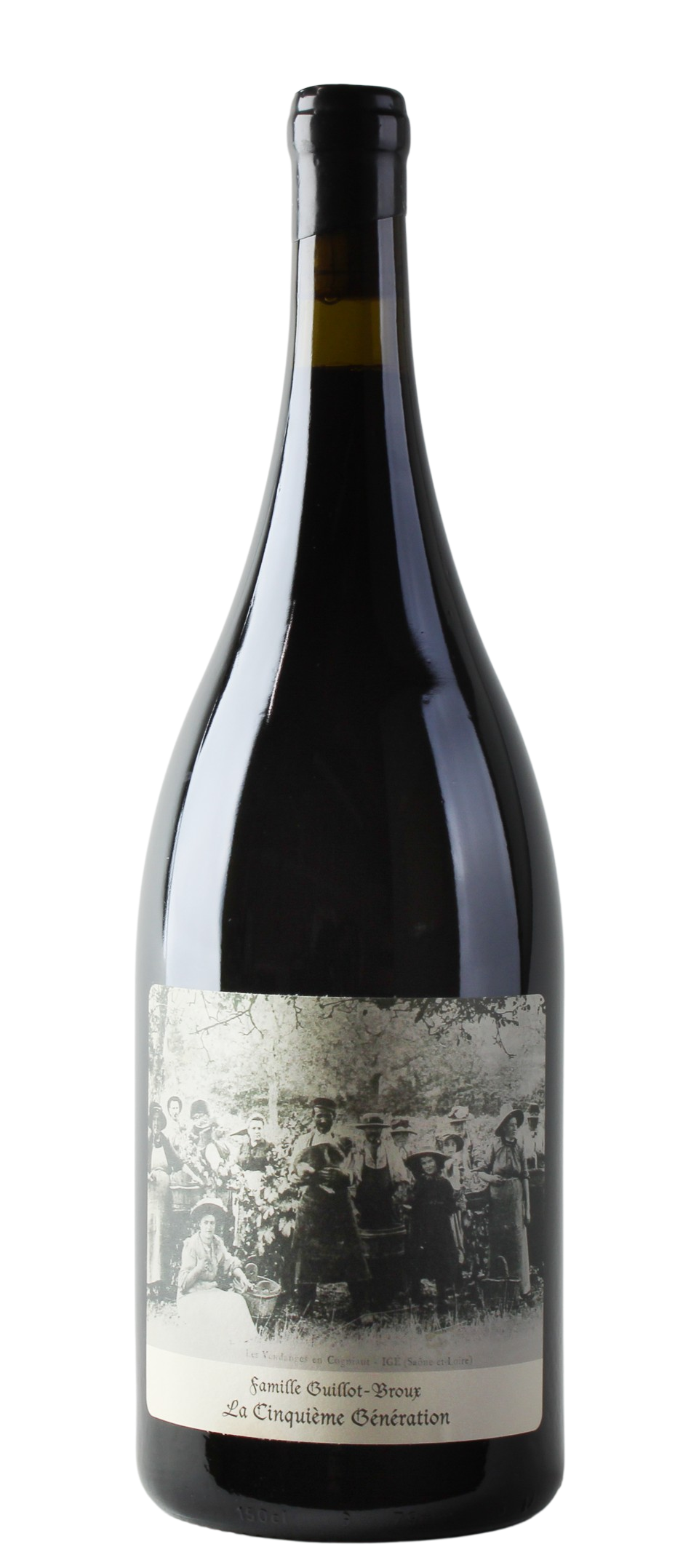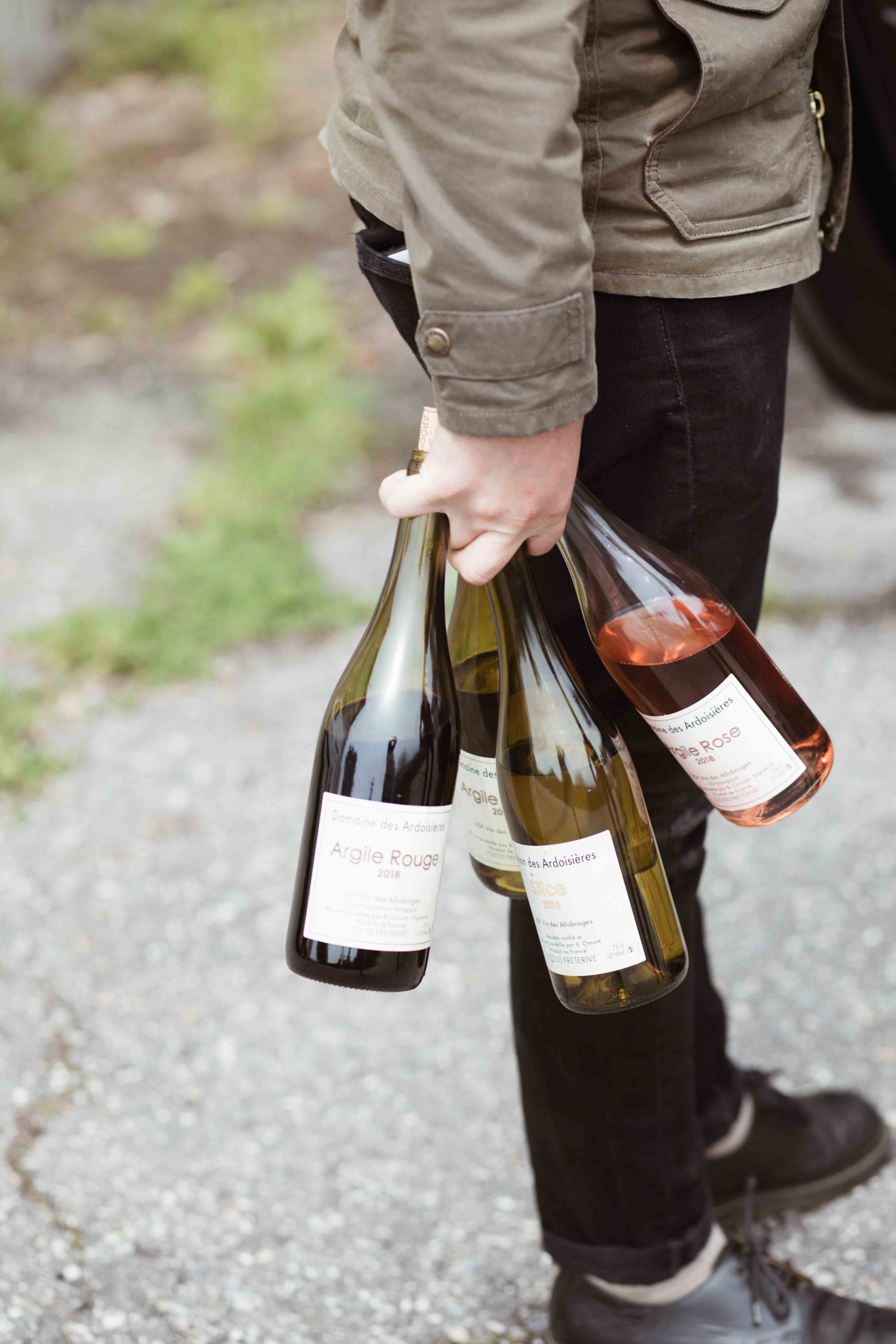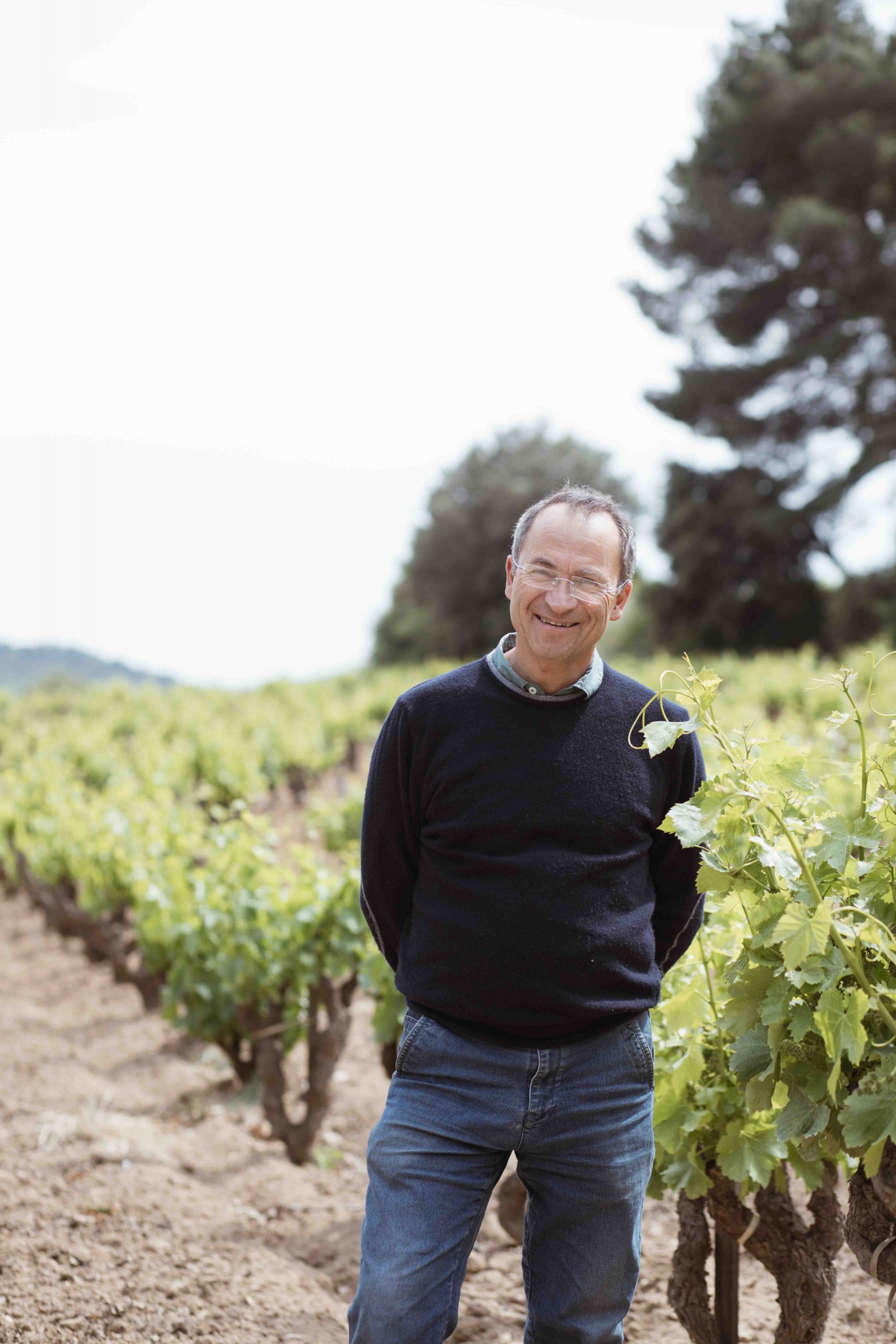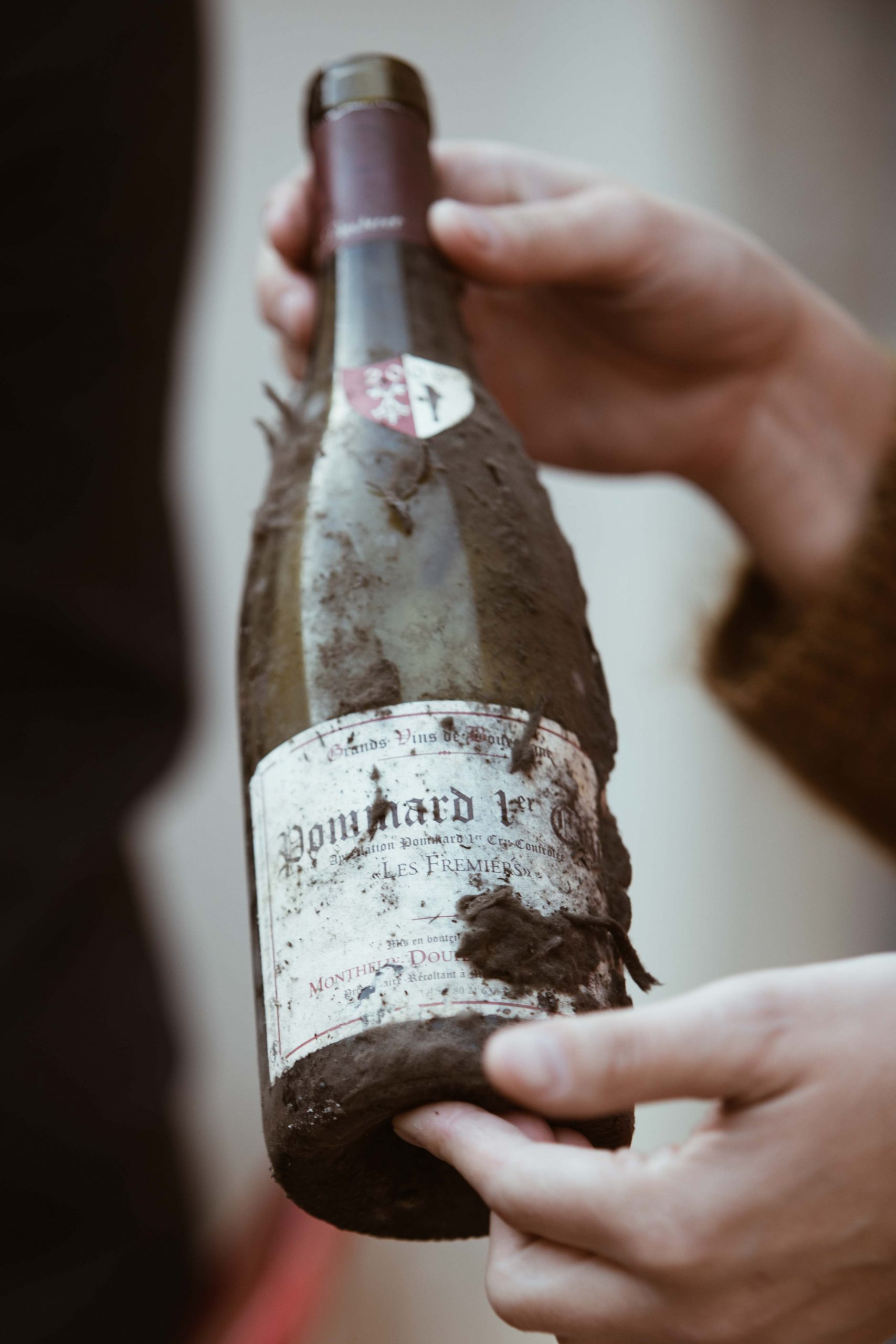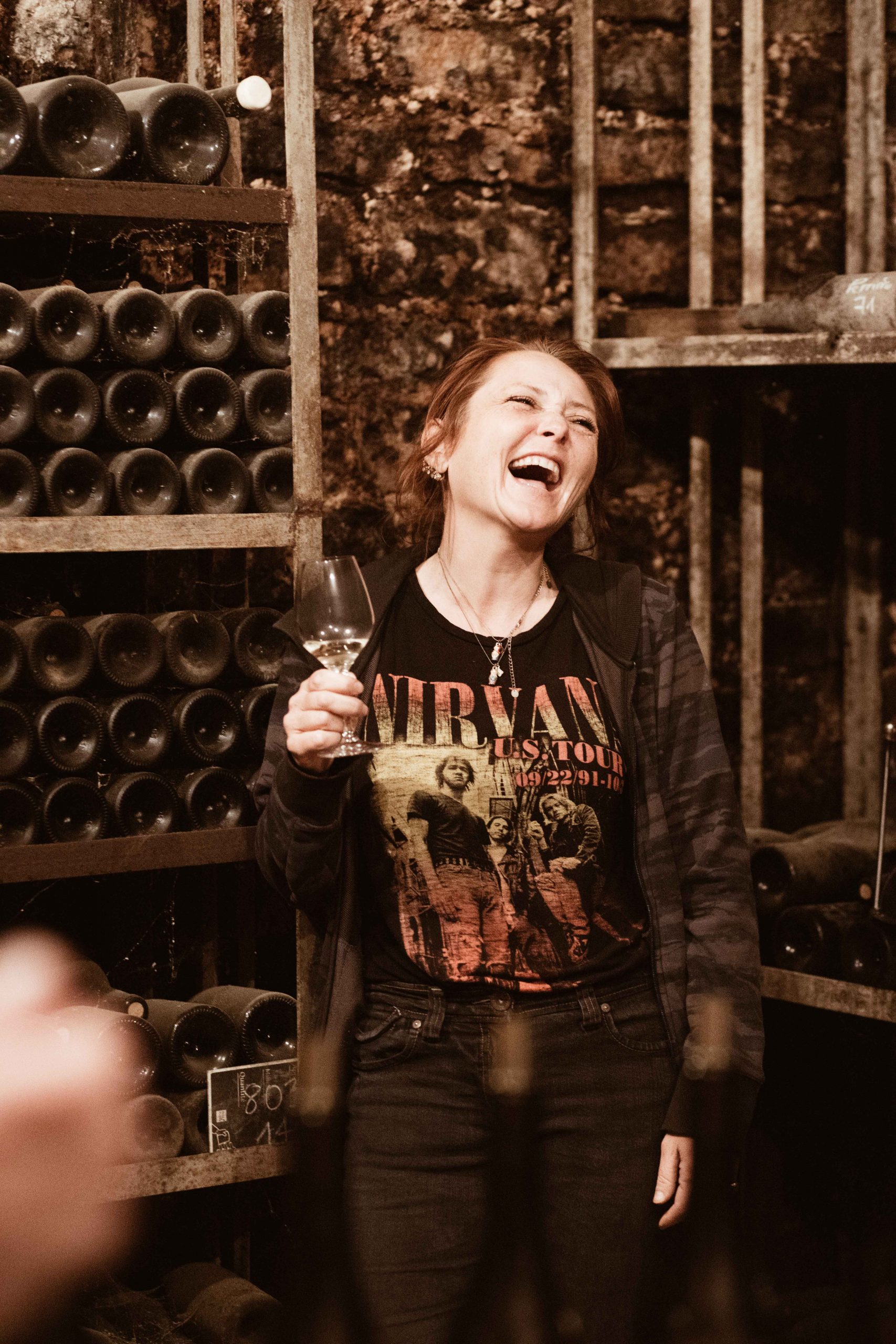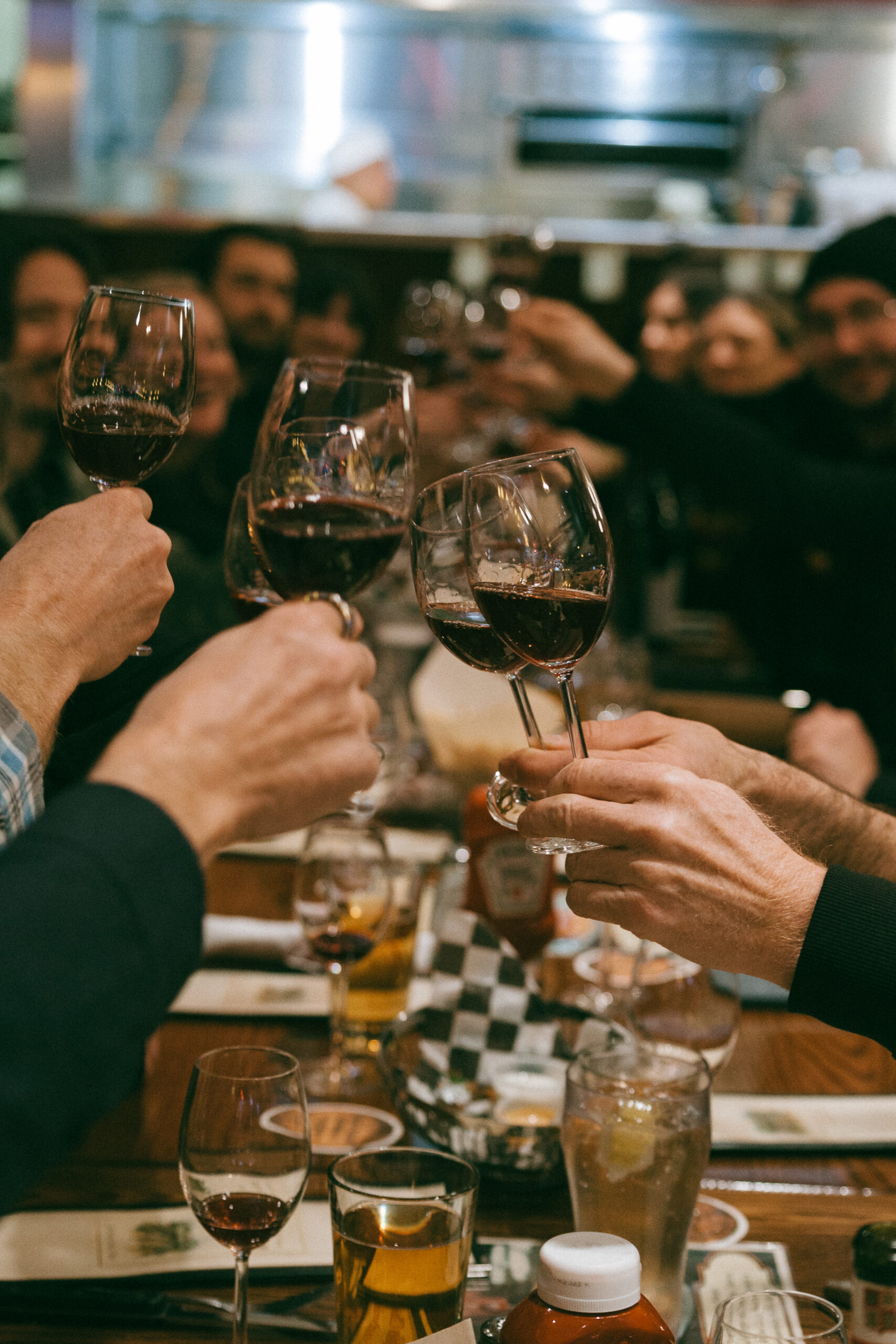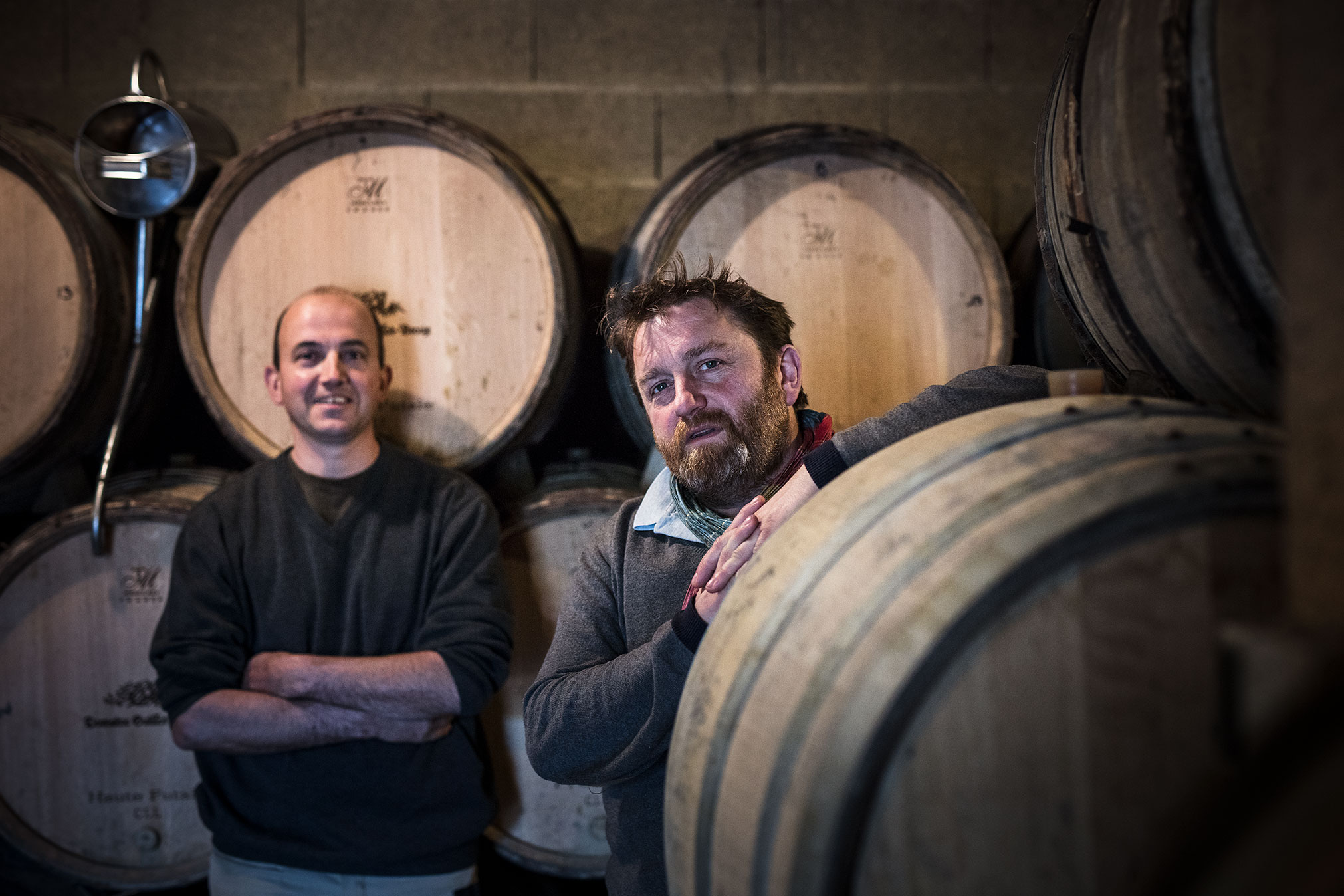
- Elevating the wines of the Mâcon, the Guillot family has been a champion of organic winemaking and single vineyard wine production for nearly 70 years.
- Jean-Gérard Guillot founded Domaine Guillot-Broux in 1978 and was at the helm until his death in 2008. His sons Emmanuel and Patrice carry on his legacy.
- Organic farming was established in 1954 with the estate receiving certification in 1991.
- Specific terroirs from the villages of Cruzille, Grévilly, and Chardonnay are highlighted, showcasing the diversity in climate and nature that this region has to offer.
- These wines are some of the best in the Mâcon and easily stand toe-to-toe qualitatively with their neighbors to the north.
Growing up among his family’s vineyards, Jean-Gérard Guillot was inspired by the diversity of terroir in the Mâcon and decided that winemaking would be his life’s path. Seeking to gain different perspectives, he worked for several years at Domaine de la Chanal in Brouilly and Domaine Bernard Michelot in Meursault. Upon returning to the Mâcon, he was ready to establish his own estate and founded Domaine Guillot-Broux in 1978 with his wife Jacqueline (Broux is her maiden name). He attentively tended the property until his passing in 2008, and his sons Emmanuel and Patrice carry on the legacy that Jean-Gérard established.
The Guillot family has deep roots in organic winemaking. Emmanuel and Patrice’s grandparents, Pierre and Jeannine Guillot, started the first organic vineyard in Burgundy in 1954. This was practically unheard of at the time and required extensive research and consultation. They stuck to their convictions and successfully began making organic wines. Respect for the land is paramount, carried through successive generations until today. Domaine Guillot-Broux became certified organic in 1991. They use natural methods of pest control and fertilizers, allowing the vines to absorb all the elements they need to be healthy and balanced.
High-density planting means that the vines have fewer grape clusters per plant, concentrating the juice in each grape. The pruning methods (Guyot Simple for the whites; Cordon de Royat for the reds) also help reach this goal. Harvest is by hand, and the grapes are sorted in the vineyard before being moved to the winery.
In addition to practicing organic viticulture since 1954, both Emmanuel and Patrice have also perfected the craft of producing wines from single vineyards. The estate takes advantage of the Mâconnais terroir. With 17 hectares of vines situated in the three villages of Cruzille, Grévilly, and Chardonnay, the production is divided into two appellations – Mâcon-Cruzille and Mâcon-Chardonnay. Most of the vineyards are on east-facing slopes on clay-limestone soil, and varied geologies give rise to different terroirs, resulting in strikingly different wines. Even though they are not classified as 1er Cru, they are treated as such, advancing the idea of authentic, terroir-driven wines. The names of those sites are an ode to their northern neighbors – Combettes, Perrieres, Le Clos, Genievrieres, and Beaumont. Each plot is vinified separately, using the methods best adapted to the grape variety, the soil, the vintage, and the age of the vines. The best single vineyards are bottled separately, and if the vintage is not exceptional, the single vineyards are blended into the entry-level wines. All fermentation is with native yeast, and the use of sulfites is kept to a minimum.
The white wines are pressed immediately, and the juice is moved to 228-liter oak barrels in the cellar, where both alcoholic and malolactic fermentations occur. After malolactic, the wines are racked and either put back into barrels, in the case of the single-vineyard wines, or into vats for the Mâcon-Villages.
The red wines may be de-stemmed, depending on the vintage, before being put into vats for alcoholic fermentation. The grapes are punched down twice a day until fermentation is finished, which usually takes around three weeks. Then the wine goes down to oak barrels in the cellar, where malolactic fermentation takes place. Most of the wines mature for eleven months in barrels. In some vintages, the top cuvées spend a second winter in barrels before bottling, with no fining or filtering.
In recent vintages, weather conditions have sometimes led to lower yields than expected, so Emmanuel and Patrice set up a négociant house, Maison Guillot-Broux, in 2014. All the winegrowers they work with are either certified organic or in the process of conversion to organic agriculture. To guarantee the quality of the wines, they select each individual vineyard, harvest the grapes themselves, and vinify at their estate, using the same methods as for the domaine’s wines.
Tasting the wines of Guillot Broux blind can be enlightening. While the richness and mouthfeel clearly evoke the wines of the Maconnais, the complexity, tension, length, and incredible minerality are more reminiscent of more prestigious appellations in the Côte de Beaune and Côte de Nuits. They are a unique experience that transcends the idea of designations and assimilation. This estate is unparalleled in the region, producing vibrant, refined, and site-specific bottlings.
Farming and vinification practices: Sustainable, Organic (Ecocert)
Showing all 8 results







